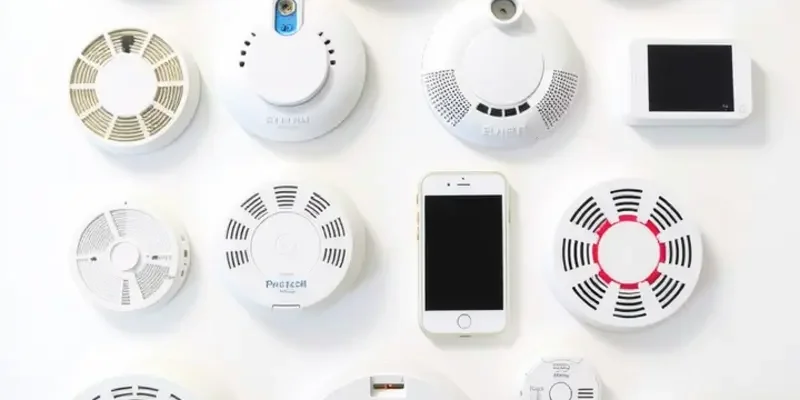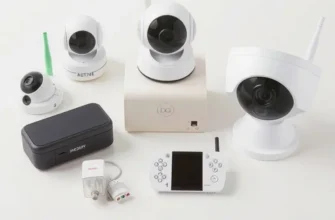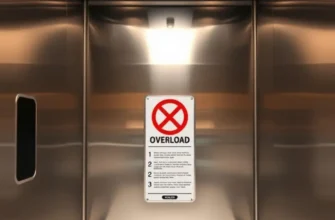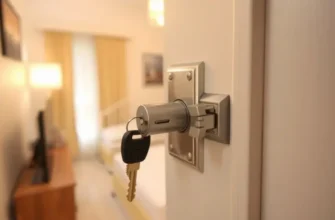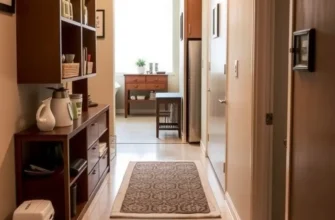Living in an apartment comes with its own set of challenges, and safety is undoubtedly at the top of the list. One vital component of ensuring the safety of your living space is the installation and maintenance of smoke detectors. For many renters, it may feel overwhelming to navigate the responsibilities surrounding smoke detectors, especially when it comes to working within the regulations of a rental property. Fortunately, understanding how to efficiently manage smoke detectors doesn’t have to be complicated. Setting up a reliable smoke detection system can elevate your living environment, giving you peace of mind knowing you have taken vital steps toward protecting your home and ensuring your family’s safety. Not only are smoke detectors a lifesaving investment, but they are also maintenance-friendly solutions designed to provide long-lasting assurance. In this guide, we’ll explore practical steps renters can take to install and maintain smoke detectors effectively, allowing you to create a safer, more secure home.
Choosing the Right Smoke Detector
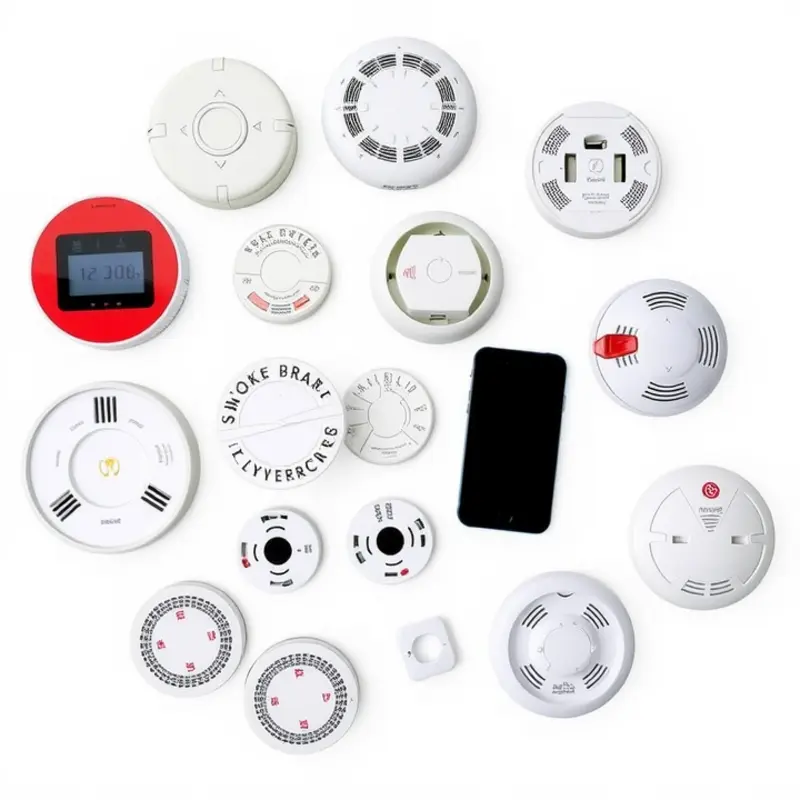
Every renter knows the importance of installing a reliable smoke detector. Selecting the right model, however, can be daunting given the variety of options available. To maintain a secure living space, understanding the types and features of smoke detectors is essential.
Smoke detectors generally fall into three categories: ionization, photoelectric, and dual-sensor. Ionization detectors use a small amount of radioactive material between two electrically charged plates to detect smoke. These are especially responsive to flaming fires but might not detect smoldering fires as quickly. Photoelectric detectors are more effective at detecting smoldering fires typical of slow-burning materials. They use a light sensor to detect smoke particle interference. Dual-sensor alarms combine both technologies, offering the highest level of sensitivity and coverage.
When choosing a smoke detector, consider the power source. Battery-powered models are versatile and easy to install, requiring only basic tools. Ensure the batteries are easily accessible for regular testing and replacement. Look for devices with long-life lithium batteries that last up to ten years, decreasing maintenance needs. This longevity is a boon for renters, allowing them to focus on other safety concerns.
Alternatively, some smoke detectors are hardwired into the apartment’s electrical system. These often include a battery backup in case of power outages. While offering consistent power, installation might be complex and require landlord approval. Always review your lease agreement or speak with your property manager before deciding.
The emergence of smart technology in smoke detectors offers possibilities for enhanced safety. Wi-Fi-enabled models send alerts directly to your smartphone, allowing for quick action even when you’re away. Some smart detectors integrate with digital assistants and home automation systems, streamlining control and monitoring. Consider checking if your apartment community supports integration with these technologies for added convenience, as suggested in this exploration of apartment community enhancements.
Placement of smoke detectors is crucial for maximum effectiveness. Install one in each bedroom, outside sleeping areas, and on every level of the apartment. Avoid placing them too close to kitchens or bathrooms, which can trigger false alarms. If in doubt, consult with a professional to map out optimal installation points.
Lar entering into rental agreements, it is wise to clarify smoke detector maintenance responsibilities. Landlords typically ensure that hardwired detectors are functional, but renters may need to maintain battery-powered units. Sometimes, maintenance routines and responsibilities may vary, so make sure to discuss these details to prevent safety lapses.
In summary, selecting the right smoke detector involves considering the type, power source, smart integration, and proper installation to ensure your apartment is as safe as possible. Enhanced technology options now offer renters greater control and confidence in their apartment safety.
The Installation & Maintenance Process

Installing smoke detectors in your apartment is crucial for safety. Let’s explore a detailed guide on how to do this efficiently, ensuring your living space remains secure.
Start by identifying the optimal locations for installing smoke detectors. Experts recommend placing them inside bedrooms, outside sleeping areas, and on every level of the apartment, including the basement. Position detectors on the ceiling or high on walls, as smoke rises. Avoid installing them near windows, doors, or vents where drafts might interfere with operation.
Ceilings are generally preferable, but if you must mount on a wall, keep the detector 4 to 12 inches from the ceiling. In rooms with pitched ceilings, place the smoke detector within 3 feet of the peak but at least 4 inches from the peak itself. These guidelines ensure maximum effectiveness by allowing smoke to reach the detector as early as possible.
Secure mounting is the next step. Use the screws and anchors provided with the smoke detector. If you are concerned about leaving permanent marks or violating lease agreements, refer to ways you can hang décor without damage, as outlined in our renter-safe molding guide. For drywall surfaces, make sure to use the anchors to secure the detector firmly. For ceilings, use a suitable drill bit to create pilot holes and attach the detector base securely before clipping the detector into place.
Choosing the right power source is vital. Battery-operated detectors are easy to install and do not require wiring but need frequent maintenance. Hardwired detectors with battery backup are reliable but require more effort for installation, possibly involving a professional. Whichever type you choose, ensure the power source is reliable.
Once installed, maintaining these devices is just as important. Test the smoke detectors monthly to ensure they are in working order. Press and hold the test button until you hear the alarm sound: this confirms functionality. Dust can accumulate over time, so vacuum the detectors gently with a soft brush attachment at least once a year. If your detectors use replaceable batteries, change them at least once every year; a good habit is to do this during daylight saving time changes.
Be attentive to any chirping sounds from the detector, as this typically signals a low battery. For hardwired models, this may also indicate a power disruption. Detectors have a lifespan, generally 8 to 10 years. Check the expiration date stamped on the back and replace the unit as needed to ensure your continued safety.
Establishing a routine to include these tasks is crucial. Consider setting reminders on your phone or calendar to stay on top of testing, cleaning, and battery replacement. A well-maintained smoke detector system is one of the most effective ways to protect yourself and your loved ones, providing an essential peace of mind when renting.
Final words
Having a smoke detector is not just a recommendation; it’s a necessity for every renter concerned about their safety. By understanding the intricacies of selecting and maintaining smoke detectors, you significantly reduce the risk of fire hazards in your living space. The peace of mind that comes with knowing you have taken steps to protect yourself and your loved ones is invaluable. Remember, the proper installation and periodic maintenance of these devices are essential for optimal performance. Every room counts, so ensure that you utilize the tips presented in this guide to create a secure environment for yourself. Your apartment should be a sanctuary, and taking safety into your hands is the first step toward transforming it into a truly protective space.

